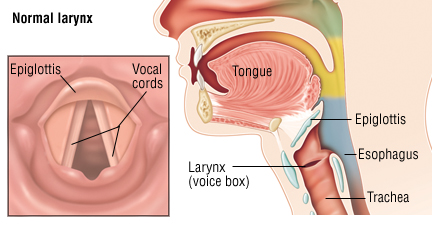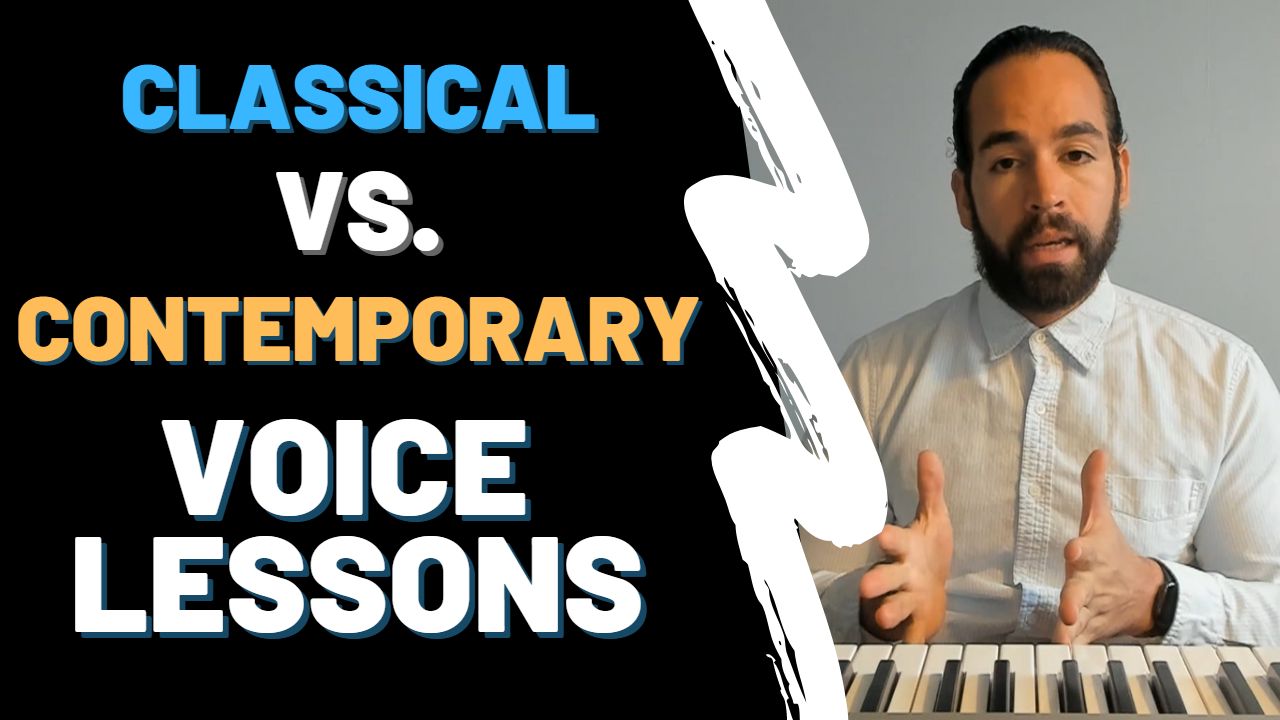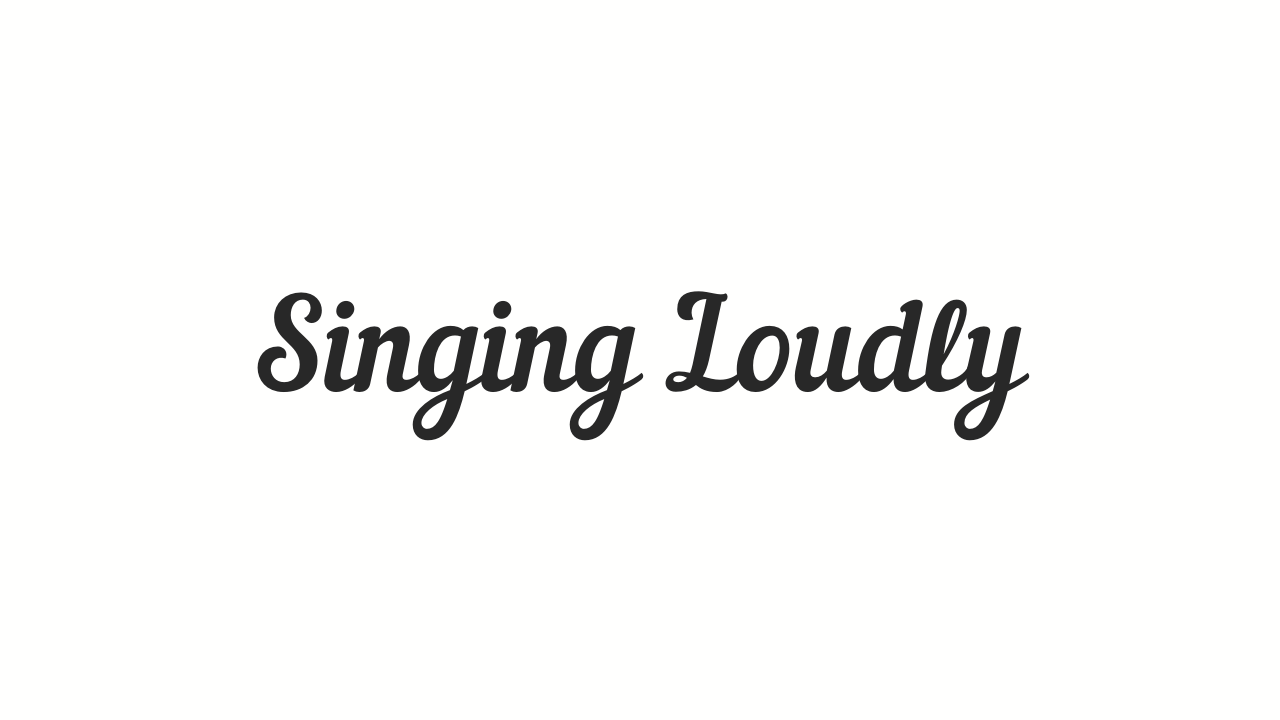What is the difference between contemporary and classical voice lessons?

Efficient Exercising Of The Voice (Vocalizing)
Have you ever seen a beginner lifting weights at the gym? Have you noticed how they usually tense and strain just about every muscle of their body in addition to the one they’re attempting to exercise?
Take someone attempting to do a bicep curl, for example. Along with the curl – you’ll see a strained neck, face and back. And though this might all be yielding some results, it couldn’t possibly be yielding the same amount of quality results that would be obtained if this person found a way to do the bicep curl in a way that almost exclusively engages the bicep.
What about you as a singer? When you are exercising your voice (vocalizing) are you engaging your face, neck, jaw, tongue, abs, back, legs and other big muscle groups beyond those you intend to exercise? If your answer is yes – don’t worry – you’re in good company. The truth is, most of us innocently do this. I have good news though! And that is that we don’t have to do that!
Whether it’s vocalizing or doing a bicep curl, once we’re reminded that isolating the muscle group we’re working on will give us better results – we can immediately make the adjustments necessary to facilitate this isolation. Maybe we need to decrease the weight (in the case of weight lifting), maybe we need to decrease the volume (in the case of singing) or maybe we just need to realize that what we’re attempting to do isn’t as difficult as we think it is. Maybe for some of us, tensing and making faces is a way of showing how passionate and into it we are and we need to let go of that.
Whatever the adjustments we need to make, we now know that when we are making faces, turning on our neck, squeezing or pushing excessively from our abs, tightening our jaw and/or tongue – we’re not giving our voice much of a workout – instead, we are giving a workout to these external muscles that we aren’t interested in developing at the moment.
So from now on, lighten the load and vocalize at a low volume until you can isolate and exercise the tiny muscles and ligaments within the larynx. Don’t let vocalizing show excessively on your face, neck or body. Use your eyebrows as an indicator – are they moving as you vocalize? You don’t want them to be – again: it’s your voice, not your eyebrows that you’re working out.
When you can vocalize with a neutral face across your range, you can be sure that the muscles you are intending to develop are getting the workout. And when this is the case, I assure you: you’re making progress you can count on.


